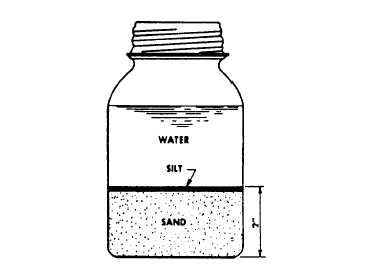Table 6-2. - Recommended Maximum and Minimum Particle Sizes

2 inches to 1 inch, and so on. The recommended particle size distributions vary with maximum and minimum nominal size limits, as shown in table 6-2.
A blank space in table 6-2 indicates a sieve that is not required in the analysis. For example, for the 2 inch to No. 4 nominal size, there are no values listed under the 4-inch, the 3 1/2-inch, the 3-inch, and the 2 1/2-inch sieves. Since 100 percent of this material should pass through a 2 1/2-inch sieve, there is no need to use a sieve coarser than that size. For the same size designation (that is, 2 inch size aggregate), there are no values listed under the 1 1/2-inch, the 3/4-inch, and the 3/8-inch sieves. Experience has shown that it is not necessary to use these sieves in making this particular analysis.
Quality Standards
Since 66 to 78 percent of the volume of the finished concrete consists of aggregate, it is imperative that the aggregate meet certain minimum quality standards. It should consist of clean, hard, strong, durable particles free of chemicals that might interfere with hydration. The aggregate should also be free of any superfine material, which might prevent a bond between the aggregate and the cement-water paste. The undesirable substances most frequently found in aggregate are dirt, silt, clay, coal, mica, salts, and organic matter. Most of these can be removed by washing. Aggregate can be field-tested for an excess of silt, clay, and the like, using the following procedure:
1. Fill a quart jar with the aggregate to a depth of 2 inches.
2. Add water until the jar is about three-fourths full.
3. Shake the jar for 1 minute, then allow it to stand for 1 hour.
4. If, at the end of 1 hour, more than 1/8 inch of sediment has settled on top of the aggregate, as shown in figure 6-2, the material should be washed.
An easily constructed rig for washing a small amount of aggregate is shown in figure 6-3.
Weak, friable (easily pulverized), or laminated (layered) aggregate particles are undesirable. Especially avoid shale, stones laminated with shale, and most varieties of chart (impure flint-like rock). For most ordinary concrete work, visual inspection is enough to reveal any weaknesses in the coarse

Figure 6-2. - Quart jar method of determining silt content of sand.
Continue Reading